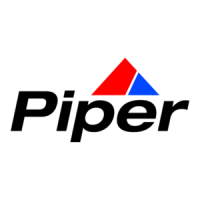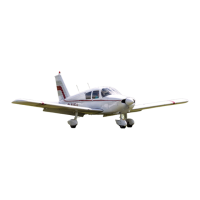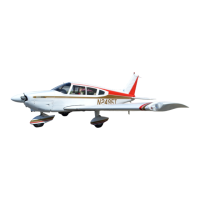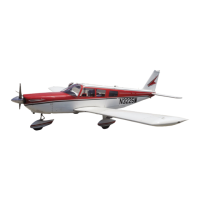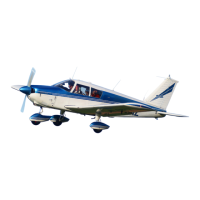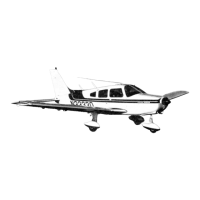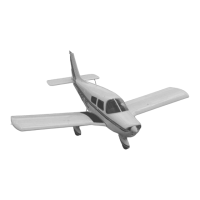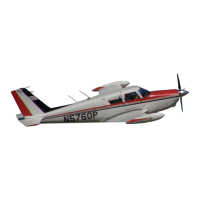
 Loading...
Loading...
Do you have a question about the Piper COMANCHE and is the answer not in the manual?
| Manufacturer | Piper Aircraft |
|---|---|
| Seating Capacity | 4 |
| Model | PA-24 |
| Crew | 1 |
| Capacity | 3 passengers |
| Height | 7 ft 6 in (2.29 m) |
| Max Takeoff Weight | 2, 900 lb (1, 315 kg) |
| Type | Light aircraft |
| Variants | PA-24-180, PA-24-250, PA-24-260 |
| Engine | Lycoming |
| Wingspan | 36 ft (11.0 m) |
| Powerplant | 1 × Lycoming O-540-A1A5 6-cylinder horizontally opposed piston engine, 250 hp (190 kW) |
